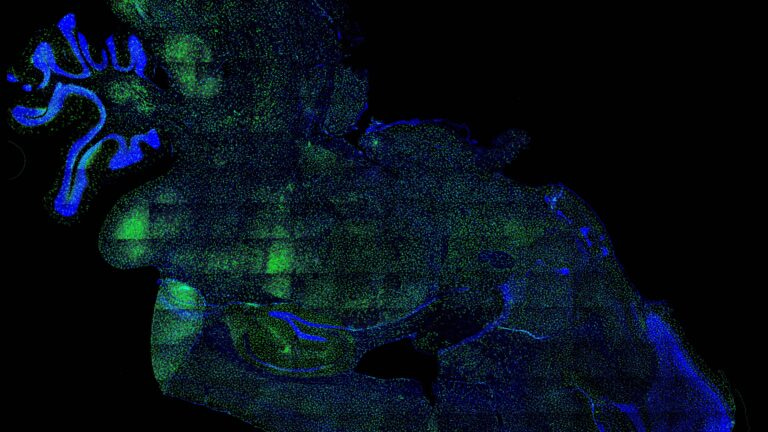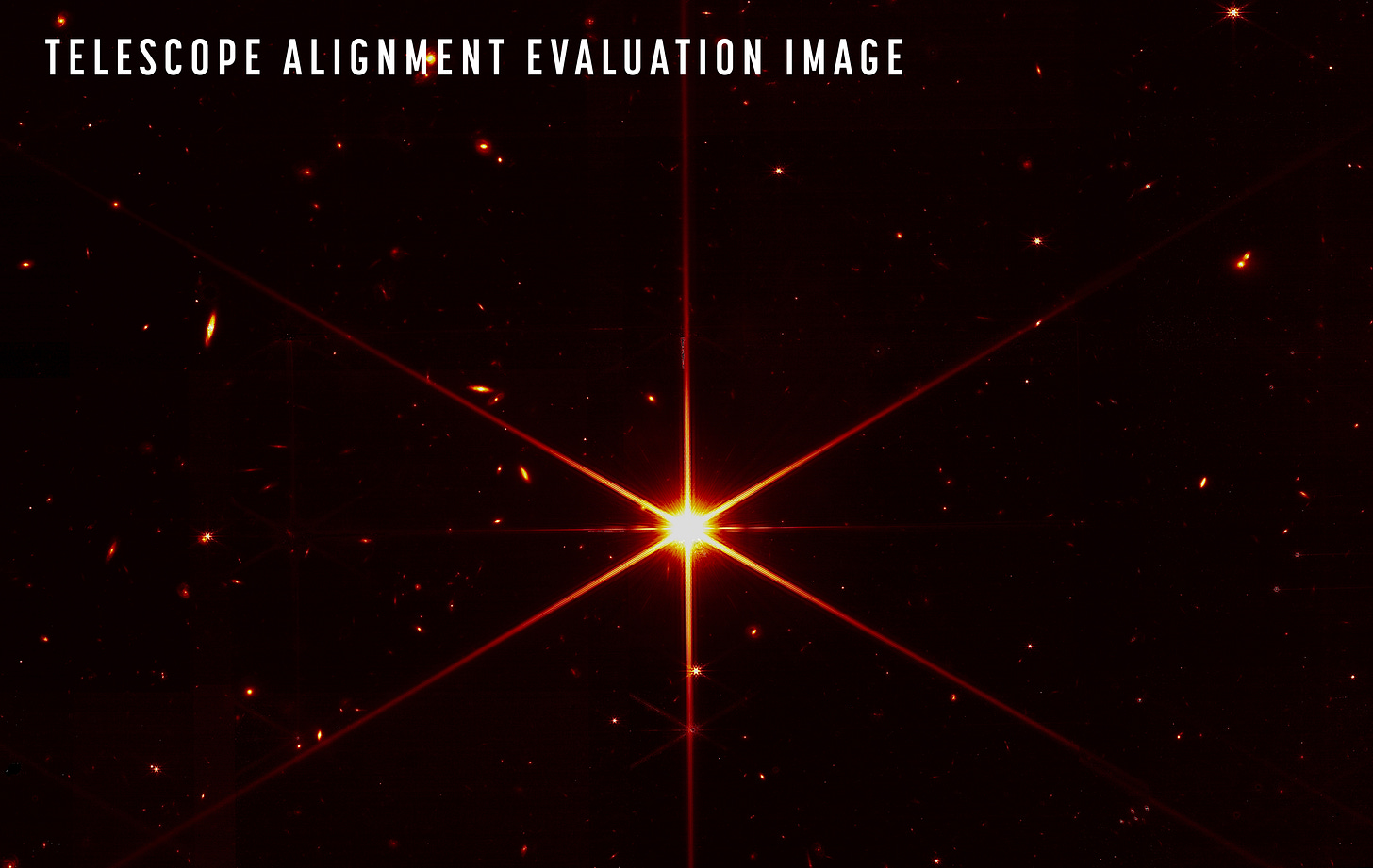To the Stars with Data: March 20 2022
Molecular beverage printers, giraffe-sized asteroids, managing neurodegeneration in mice, and much more
Hello Datanauts!
Thank you to those who completed last week’s survey about the new branding for To the Stars with Data! The results are in and the winner is…
… drumroll, please …
The same branding I’m already using!
I was happy with any of the branding options, so your validation for what I’m already using means I have more time to read up on fascinating futuristic technology. Thank you again for your support!
Now, let’s go to the stars with data!
Thought-Provoking Data Viz

🔌 Electric and Hybrid Vehicle Sales in the United States Nearly Doubled from 2020 to 2021
Quick hits. From 2020 to 2021 in the United States, sales for electric vehicles (EVs) increased by 85% (~240,000 to ~440,000) while sales for hybrid vehicles increased by 138% (~70,000 to ~165,000). Considering that light-duty vehicle sales only increased 3% during that period, this growth is notable. 2021 alone represented ~26% of electric or hybrid vehicle sales in the US since 2010, when EV sales started picking up.
Digging deeper. I’ve talked at length about EVs in previous issues of To the Stars with Data. Some particularly fascinating subjects include The Lost History of the Electric Car, or how electric cars were originally implemented in the early 1900s (!!!) but went out of fashion for a number of reasons, and The Long Road to Electric Cars, a visual journey to understand why it will take 30+ years for half or more of vehicles on the road to be electric.
We’ll continue to see that EV sales are somewhat of a chicken-or-egg problem: without the appropriate infrastructure (such as widespread charging stations), consumers won’t purchase EVs; however, without consumers purchasing EVs, companies are unlikely to create infrastructure because it won’t be profitable.
Earth News

🧠 Researchers successfully swap out microglia in mice using stem cells, aiding in life with neurodegenerative disease
Quick hits. In a world-first, a team of researchers showed how replacing a brain’s microglia can help treat neurodegenerative disease. (Microglia, separate from neurons, can be thought of as the brain’s resident immune system. They also serve a vital function in forming and retaining memories.) To accomplish this, the researchers transplanted stem cells into the brains of the mice, then injected them with a chemical that blocks a key pathway for microglia growth and survival. This removed existing microglia and the transplanted cells were then able to replace them. Compared to before the operation, the mice lived longer and moved about more normally. Here’s the scientific paper.
Digging deeper. Neurodegenerative diseases, like Alzheimer’s, Parkinson’s, and many others, are a leading cause of death for humans in today’s world. One of the more prevalent diseases is Alzheimer’s Disease, which is an insidious affliction that literally deteriorates people’s brains. (I’ll save you from having to see the pictures of affected brains, but there are some frightening images on Wikipedia if you are curious.) Thankfully, there are a number of Alzheimer’s vaccines and treatments being developed by scientists around the world. As noted by researchers, there were approximately 50 million people living with Alzheimer’s worldwide in 2020. I’m hopeful that, by the time I reach the age where Alzheimer’s and other neurodegenerative diseases are more prevalent (typically after the age of 65), they will be treatable/curable.
Other Earth news
🍄 Johns Hopkins, Yale, and NYU are teaming up to establish a psychedelics-psychiatrist program, tackling a key bottleneck that will arise as psychedelics come to market. Experts foresee that we’ll need professionals to help consumers engage healthily with these new substances, hence the genesis of this program.
🚗 US regulators revise its rules, allowing self-driving vehicles to be built and deployed without human controls. Although the vehicles no longer need to have human controls, such as a steering wheel or gas/brake pedals, the vehicle still needs to provide human safety features (e.g. airbags). The rules were first proposed in March 2020.
Space News
🔭 James Webb Space Telescope fully aligns and focuses its mirrors, offers glimpse into never-before-seen galaxies
Quick hits. Now that the James Webb Space Telescope (JWST) has fully aligned and focused its 18 mirror segments, they now act like a 6.5-meter primary telescope mirror. The image that everyone has probably seen at this point (included below) is “…the sharpest image you can get from a telescope of this size,” according to Marshall Perrin, deputy project scientist for Webb at the Space Telescope Science Institute. Excitingly, JWST’s performance is so far beating expectations. For instance, its most recent picture includes pictures of galaxies we’ve never seen before!
Digging deeper. Although JWST is already producing such tantalizing images, we still have to wait 6 weeks for the alignment of other spectrography instruments and additional time (~2 months) for final science instrument preparation. We can expect full-resolution imagery and science data to be released this summer. Once fully operational, Webb will offer us never-before-seen views into the beginning of the universe. For those who are curious, here’s an explanation why the below image has 6 spikes coming from the star.

Other space news
🙄 Funny headline alert: “Asteroid half the size of a giraffe strikes Earth off the coast of Iceland”. The asteroid was only 10 ft in diameter—which I guess is half the size of a giraffe—and traveled 11 miles per second (39,600 mph / ~64,000 kmph).
🚀 Artemis I is on its pad ahead of a fueling test and countdown rehearsal on April 3. Artemis I is the first uncrewed part of the Artemis missions, which is NASA’s series of missions to take humans back to the moon. If the rehearsal is successful, Artemis I will launch this summer.
🤖 The European Space Agency (ESA) is no longer working with Roscosmos on the ExoMars mission due to Russia’s invasion of Ukraine. In related news, Roscosmos is not allowing its employees to travel outside of Russia in fear they won’t come back.
🚁 Ingenuity, NASA’s Mars helicopter, is still “as good as new” after nearly a year on Mars. We’re now approaching flight #22. “I remember thinking when this all started, we’d be lucky to have three entries and immensely fortunate to get five.” -Håvard Grip, Ingenuity chief pilot at Jet Propulsion Laboratory.
Future-Thinking Companies
Biomason
Based in North Carolina, United States, Biomason makes cement with recycled content and a not-small percentage of biocement, which is cement grown from microbes. They raised $65m Series C in Mar 2022.
Cana
Cana created an appliance that makes an almost endless number of beverages on demand. (Notably, this even includes alcoholic beverages!) The appliance does this by storing the ingredients in cartridges and “printing” them into water at the appropriate dosages. Does this remind anyone else of the molecular drink printer from Star Trek?
Cana announced reservations in March of 2022. You (yes, you!) can order one with a 2023 shipping date for several hundred $$.



